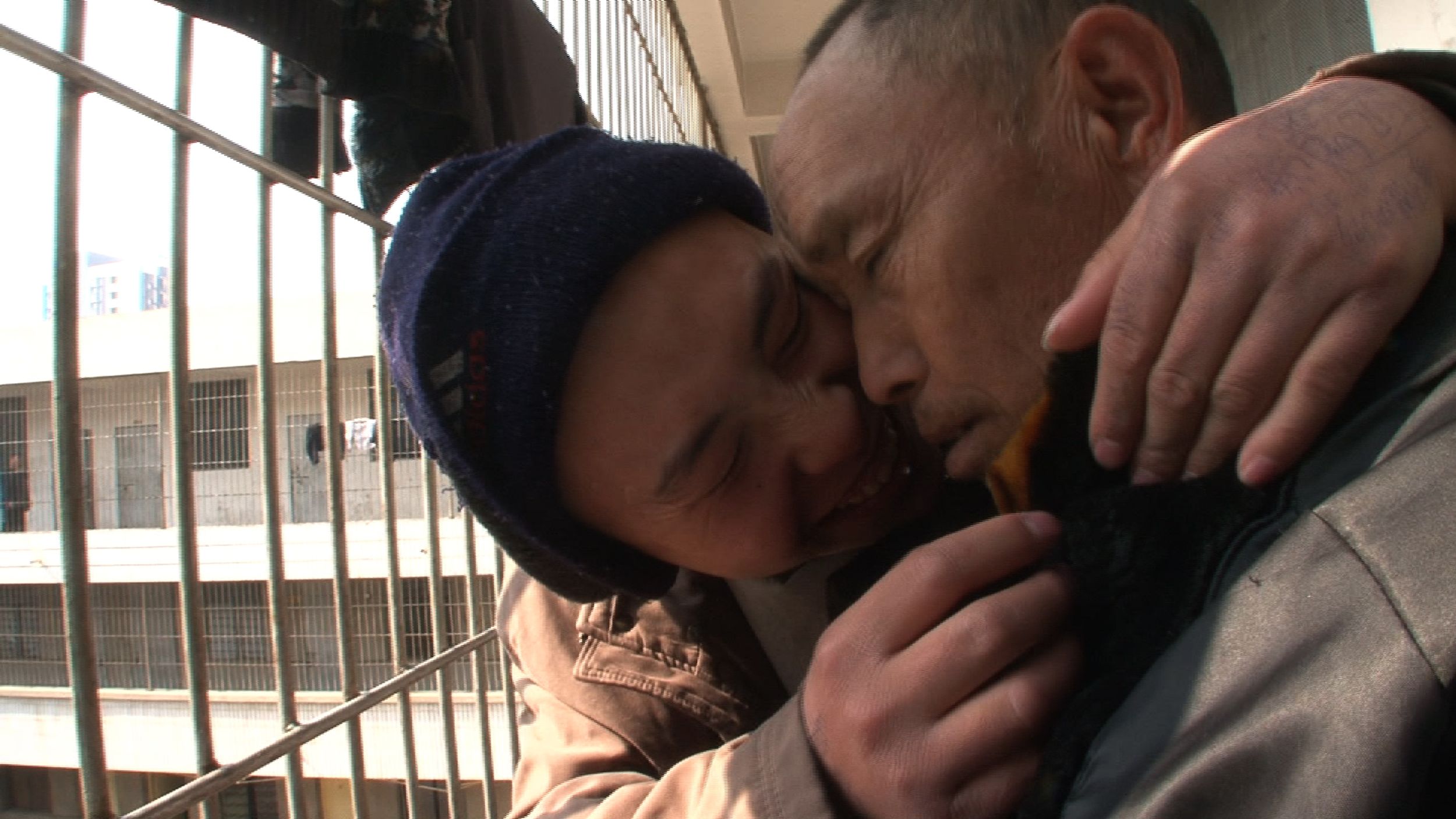
’Til Madness Do Us Part
Wang Bing filmed for four months in the men’s ward of a psychiatric institution in a poor area of southwest China. The reasons for the involuntary detentions vary widely: from murder and mental breakdown to political activity. This background goes unmentioned as Wang follows more than 20 men in turn. We only see their name and length of stay—sometimes longer than 15 years.
Calmly paced and in a strictly observational style, Wang brings this isolated world devoid of privacy close to the viewer, in sometimes very intimate moments. As if to say: don’t forget them. Wandering the barred corridors, past the TV room and into the dingy dormitories, the camera reveals rebelliousness and emptiness, uncomfortable family visits, and rounds of medication. But also hesitant singing and sometimes a glimmer of light.
There is no freedom. Yet the search for some form of freedom and warmth together cannot be suppressed. One resident even has a girlfriend in the women’s section, even though there are bars between them. Only once does Wang take us outside the institution, when someone is allowed to go home on leave—with unexpected results.
Images

